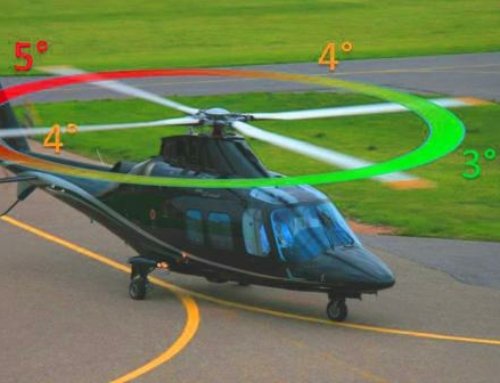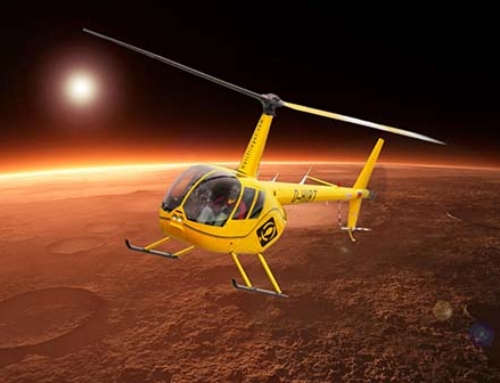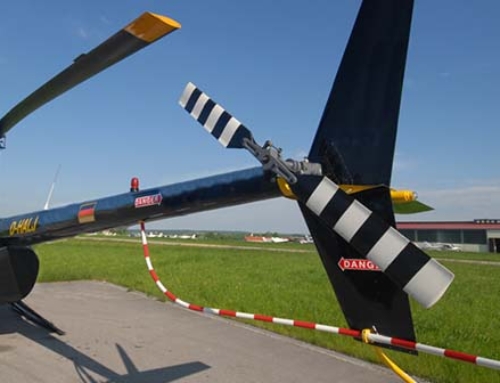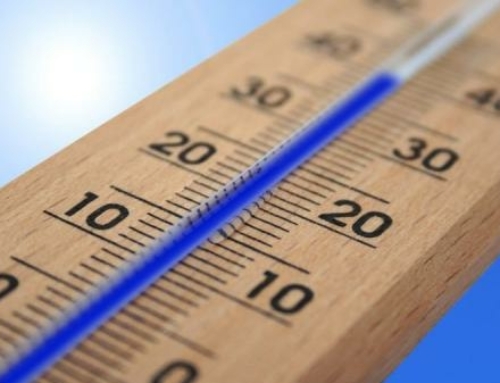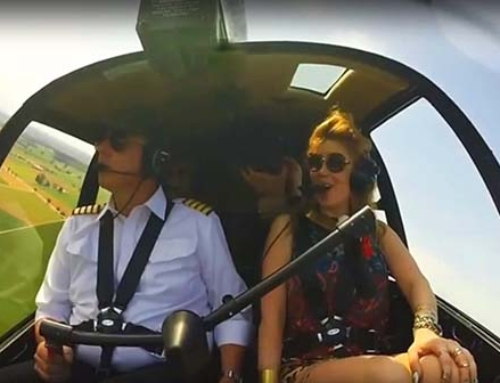As a helicopter pilot, I'm often asked on sightseeing flights whether I have to register somewhere if I start a sightseeing flight in Jesenwang with the helicopter? This question can usually not be answered in monosyllables.
Most passengers only know flying from the vacation plane. This usually starts from larger airports such as Munich or Frankfurt and not on a small Flupgplatz such as near the small town of Jesenwang near Fürstenfeldbruck in the Munich area. In contrast to Jesenwang, these large holiday airports are surrounded by so-called control zones. It is only possible to fly in or through here after prior notification by radio and approval by the responsible air traffic controller and according to his instructions. Any movement on the tarmac and, of course, take-off and landing may only take place with prior approval. A permit from “Ground Control” must even be obtained for starting the engines. These control zones (short: CTR) are marked in red on our special air traffic maps and marked with the letter D (Delta). You can read why there is “Delta” in brackets in this blog post: A whiskey about Munich. The air space above these control zones usually staggered upwards like a mushroom. It gets bigger and wider towards the top, like an inverted wedding cake. The holiday plane flies permanently in these airspaces and is therefore always in controlled airspace under permanent surveillance and in constant contact with a controller.
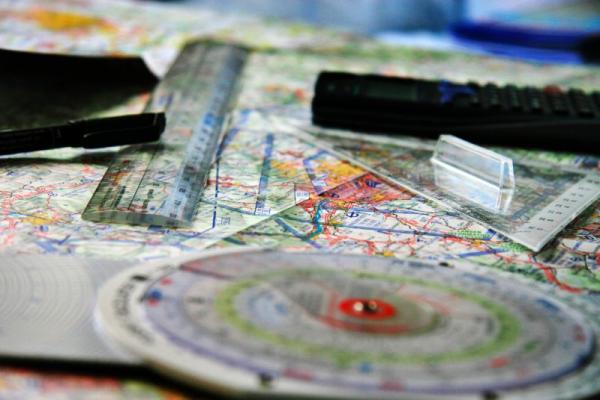
Airspace analysis is also part of flight preparation and flight planning
Quite different at the small airfield near the village of Jesenwang. The Jesenwang airfield is located, like most of the other small airfields, in airspace G (Gulf). Here we are in uncontrolled airspace and navigation is based on visual flight rules. That means that in Jesenwang we also report to our pilot in the control tower by radio. All further movements on the runway as well as in the air take place at your own discretion. So we always have to scan the airspace around us for other aircraft and, if necessary, evade accordingly. Clear rules apply here, such as the “right before left” familiar from road traffic. Unfortunately, drones from ignorant hobby pilots have recently been added, so on nice weekends you have quite a lot to do as a helicopter pilot around the beautiful Munich lakes.
In addition to control zones, we have to consider a few other points when planning our route. “Flight restricted areas”, marked in red on the maps as “ED-R” with “R” for “restricted areas”, may not be flown through without further ado. Here it concerns z. B. military area or special buildings such as a nuclear power plant. "ED-R" may be subject to permanent or temporary restrictions. This means that sometimes they are active and sometimes they are not. If necessary, we can inquire about this via radio from an information service of the German air traffic control. In any case, all of this is part of well-founded flight planning.
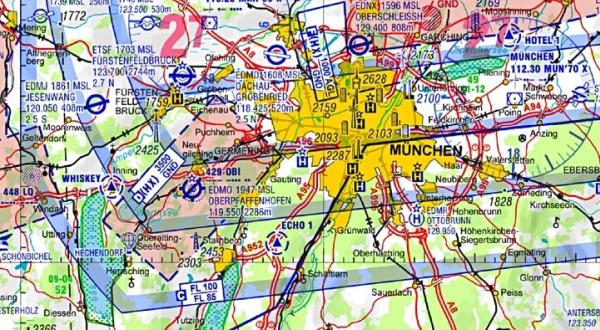
The air spaces from above ...
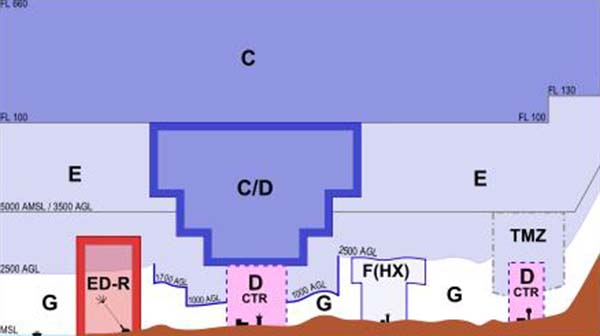
... and from the side
The same applies to airspace C (Charlie) as to airspace D. Entry and through-flight are only permitted after prior air traffic control clearance. The air space E (echo) is, so to speak, a mix of the above, it is basically a controlled air space. But if we fly according to visual flight rules, also called VFR for “Visual Flight Rules”, we are allowed to fly into this airspace without clearance. However, if we fly according to Instrument Flight Rules (IFR), approval is required.
In addition, depending on the type of airspace, different visibility minima, vertical and horizontal minimum distances to clouds and speed restrictions apply. The air spaces also have different vertical dimensions. However, since we mostly fly around in the Echo or Golf airspaces on our sightseeing flights, we are not really interested in the subtleties of the other upper airspaces. We usually do not fly so high on our sightseeing flights that we can still see everything on the ground. We usually move between 300 and 700 meters above ground. When can we greet you on board?


